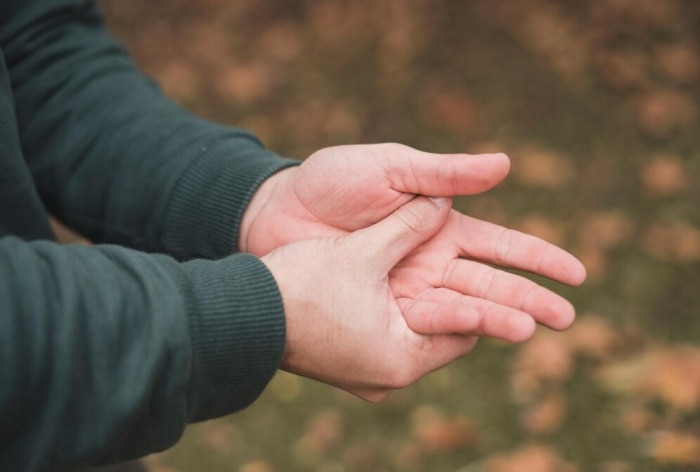Swollen toes and fingers is a common problem people face during winter months. did you know it could potentially be an underline health condition? Read on to know more.
Winter season entails several health concerns too. while a hot cup of chocolate may keep us cosy, but swollen fingers, and toes, are common things people suffer from. Extreme temperature drops lead to several health problems exacerbation of respiratory issues, joint pain, muscle aches, and frostbite too. But, swelling of fingers and toes can be because of an underlying condition called chilblains.
Chilblains, also known as pernio, are a condition that occurs in response to cold temperatures. It is usually caused as blood vessels constrict under cold temperature. They are characterised by small, itchy, red or purple patches on the skin, typically on the fingers, toes, ears, or nose.
CHILBLAINS: SYMPTOMS TO PREVENTION
- Inflammation and Swelling: The skin around the chilblains may become inflamed and swollen. This can make the affected areas tender to the touch.
- Skin DiscoloUration: Affected areas of the skin may appear red, purple, or blue. The discolouration is often accompanied by swelling.
- Itching and Burning Sensation: Chilblains can cause intense itching and a burning sensation in the affected areas. This can be quite uncomfortable and may interfere with daily activities.
- Blistering or Ulceration: In severe cases or when chilblains are repeatedly exposed to cold temperatures, blisters or ulcers may develop. These can be painful and increase the risk of infection.
Prevention Tips:
- Keep Warm: Dress in warm layers, especially during cold weather. Pay attention to extremities like your hands, feet, ears, and nose. Wear warm socks, gloves, hats, and scarves to keep these areas protected.
- Avoid Sudden Temperature Changes: Gradually warm up cold parts of your body instead of exposing them to sudden heat. This helps prevent blood vessel constriction and reduces the risk of chilblains.
- Maintain Warm Indoor Environment: Keep your home, workplace, and other indoor environments warm and properly insulated. Use heating devices as needed to maintain a comfortable temperature.
- Avoid Exposure to Cold and Dampness: Limit your time spent in cold and damp environments. If you must be outside in cold weather, take breaks in warm areas and avoid getting wet.
- Practice Good Foot Care: Keep your feet dry and warm. Wear well-insulated, waterproof shoes or boots. Moisturize your feet regularly to prevent dryness and cracking, which can increase the risk of chilblains.
If you develop chilblains, it’s important to avoid scratching the affected areas, as this can lead to skin breaks and increase the risk of infection. Keep the affected areas clean and dry, and consult a healthcare professional for appropriate treatment options if needed.
–>
